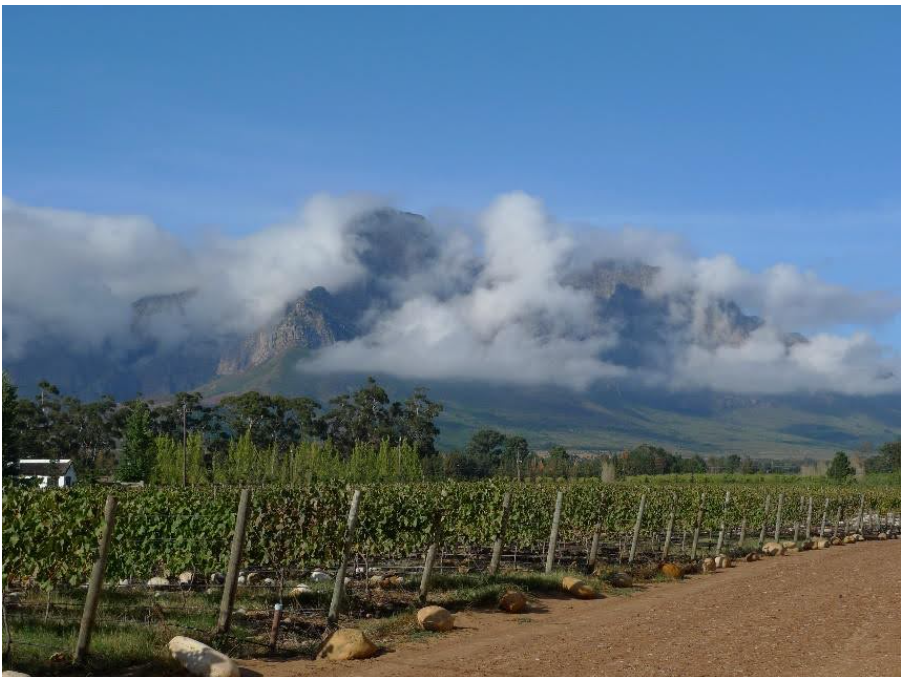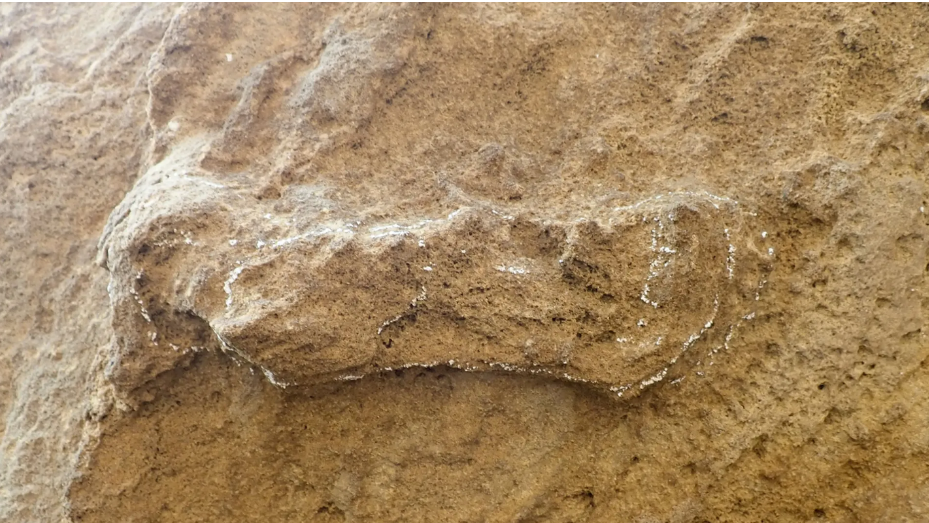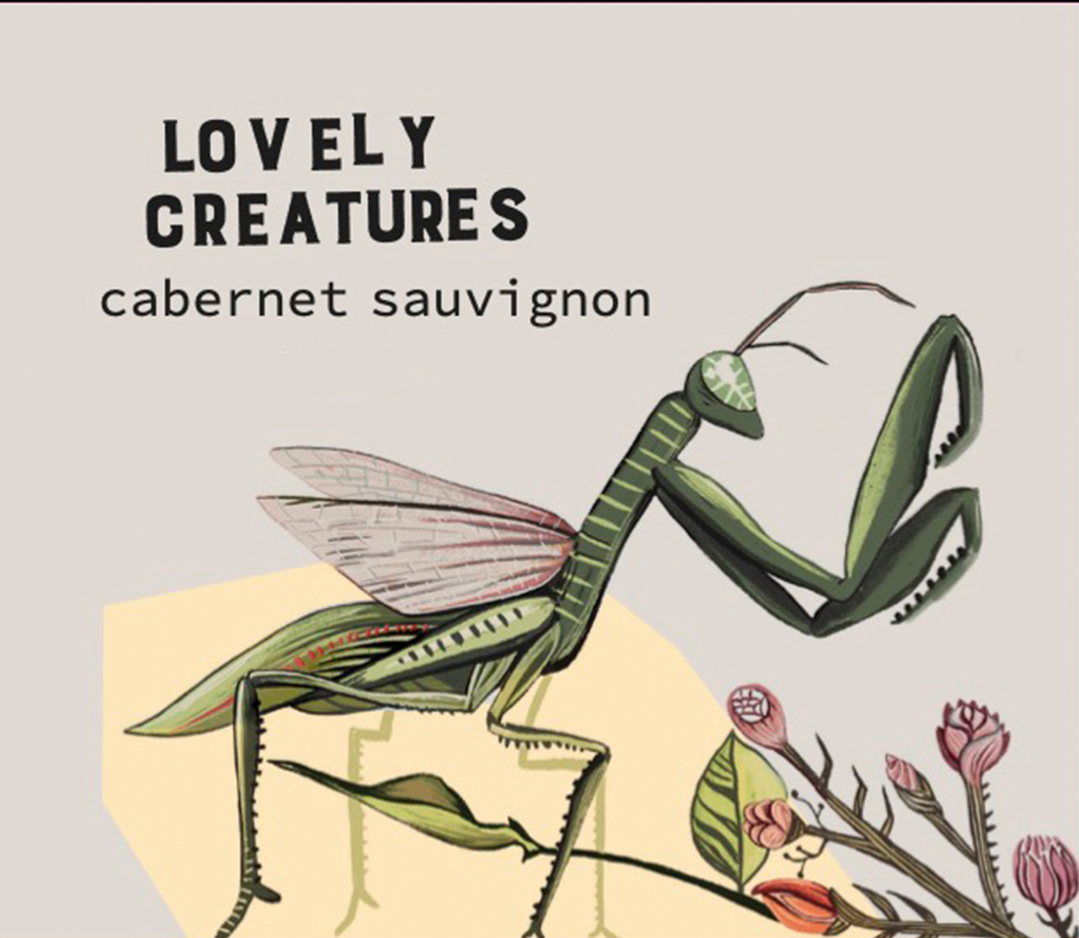Wine Club - South Africa Month
By Jill Weber, owner & founder of Jet Wine Bar
Happy New Year! I want to thank you for your continued support – Jet would not be able to survive and thrive without our best customers… members of our Wine Club!
Our goal for this year is to make our Wine Club your destination for both wine AND community. You already get great wine, discounts, and early-bird notifications. Now we want to add more information, education, and entertainment. Be on the lookout for special events involving YOU.
Now — onto 2024!
January in Philly is cold, but down in the Southern hemisphere, it is summer in our first destination of the year – South Africa. January is when grapes begin to be harvested, and when festivals commence.
Wine production in south Africa began relatively late – not until the mid-17th century with Dutch colonization. The ensuing pattern of land being dispossessed from local herders and afforded to colonial agriculturalists (and vintners) —and worked by enslaved people from across Africa and Asia — fomented the vast disparities in wealth and power. These came to characterize South Africa, and later became ingrained during Apartheid rule.
The South African wine industry is now emerging from its colonial beginnings and apartheid wrongs, through a series of initiatives that support local communities in the ownership of their land and products of their labor. Encouraging and investing in Black growers, producers, and owners has resulted in a more diverse and equitable wine landscape.
While the wine industry is pretty young, human history in South Africa is quite old.
Stellenbosch wine country (author’s image).
Archaeology Corner
South Africa is justly famous for its fossil remains of early hominins (our bipedal ancestors). Sterkfontein – near Johannesburg – is a UNESCO World Heritage site dubbed “Cradle of Humankind” for the extensive remains of, particularly, Australopithecus sp. These date back millions of years, and are of an age similar to those found in Tanzania and Ethiopia (of “Lucy” fame). Closer to Stellenbosch, the home of this month’s wines, the hominin remains are a lot younger, though equally interesting – more on that in a second!
Much of the archaeology near Cape Town (and Stellenbosch) derives from the “Stone Age” – specifically the “Middle Stone Age,” beginning roughly 300,000 years ago. At that time, low-density populations of hunters and gatherers camped in ephemeral settings, opportunistically making use of the land’s plant and animal wild-bounty. The bulk of what they left behind are durable stone tools. Both the finished products and the waste of manufacture are readily identifiable, and the steady availability of the raw material makes them expendable (resulting in many left behind and thrown away). Among those stone tools were microliths (very small, shaped pieces) and blades that could be hafted to spears or bows, or used in unison for multi-bladed implements— believed to be innovations for hunting.
Fossilized bone “rocks” are the form our information takes about those very old hominins. Bones become fossils as the organic materials within them get replaced by minerals, creating rocks. How else are living creatures preserved in rock? Foot, hoof, and paw prints are captured and – through similar processes of fossilization – eternalized. From such captured footprints, we know that elephant ancestors (proboscideans) travelled across the southern Cape during this Middle Stone Age.(https://doi.org/10.1017/qua.2021.32 )
We also know which hominins may have been using those stone tools and possibly stalking those elephants – anatomically modern humans. Such early modern humans are known from other Middle Stone Age contexts in South Africa (notably Florisbad). Near to Cape Town in the Garden Route National Park, the oldest-known fossilized footprints of Homo sapiens have been found, dating to around 150,000 years ago! (https://www.sci.news/archaeology/oldest-homo-sapiens-footprint-south-africa-11952.html)
153,000 year old print (with chalk outline). Photo credit: Charles Helm
What correspondence the indigenous San and later-arriving Khoe peoples – both encountered by the colonizing Dutch – held to those very early occupants is unclear, though these groups show early genetic divergence from them, and thus more direct relationship. (https://academic.oup.com/mbe/article/37/10/2944/5874945)
As noted, modern winemaking bears no relationship whatsoever to the early human history of South Africa; grapes were not native to the area and thus not even present until much later. Therefore the wine we are discussing today represents just a drop-in-the-bucket of human history and culture of South Africa.
So what about the wines?
Both of this month’s wines were produced from grapes grown in Stellenbosch, which is due East (and inland) of Cape Town. Soils here are among the oldest in the world. The climate is hot and dry, but the tempering force of the South Atlantic Ocean offers some relief. Rolling hills abound, along with some steeper, mountain slopes. The most commonly planted grapes are Chenin Blanc and Cabernet Sauvignon.
Lovely Creatures Cabernet Sauvignon, Western Cape
Winemaker Stephanie Wild crafted this wine from grapes mostly sourced from the slopes of Simonsberg Mountain (in the north of the region), from soils that are mostly sandstone and clay. The grapes were hand harvested. While they were fully destemmed, the skins remained with the fermenting juice for 10 days before being aged for 14 months in oak barrels of which 10% were new. The resulting wine reads decidedly purple. It has a lovely violet hue, and hints of purple fruits like plum and blackberry, a touch of ripe date and tobacco, and a lovely eucalyptus and savory herb finish.
The name “Lovely Creatures” is a reference to the numerous biota that contribute to a heathy vineyard, and whose presence indicates that health. The surrounding fynbos – ecologically diverse shrubland in the Cape region – contributes to the regions overall vitality, as well as adding floral and savory notes to the wine.
Craven Pinot Gris
Jeanine and Mick Craven are the wife & husband team behind Craven wines. Grapes were sourced from an east-facing slope in the Newlands vineyard (western Stellenbosch), which has the distinctive koffieklip soils. These are rich in iron and, as they deteriorate into gravel, promote great drainage for the vines.
Hand harvested grapes were pressed and given 6 days of skin contact. Further fermentation and 5 months of aging were done in concrete. The wine has notes of rose petal, cherry, light citrus and fynbos savory herbs. The wine has a bit of tannin from the skin contact.
Pinot Gris and Pinot Grigio are the same grape. The different names often reflect the region in which the grapes are grown, or style of the resulting wine; Pinot Gris generally drinks fuller and rounder than the more austere Pinot Grigio. But, like any grape, the specific soils, microclimate, and hand of the winemaker are what make the wine distinctive. Pinot Gris/Grigio of any type is great for skin-contact techniques due to the coloring present in its skins.





